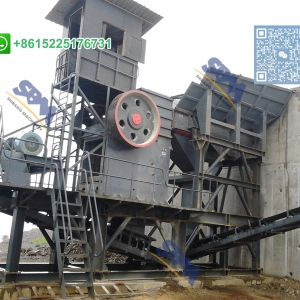In the fast-paced world of printing, quality control is not just a requirement—it's a competitive advantage. Whether in packaging, labels, security printing, or commercial print, delivering consistently high-quality output is crucial. Web inspection systems for printing operations have become more and more indispensible, offering real-time monitoring and defect detection across high-speed production lines. These systems help reduce waste, boost productivity, and ensure that every print meets stringent quality standards.
What Are Web Inspection Systems?
Web inspection systems are automated solutions designed to monitor continuous materials (commonly called “webs”) such as paper, film, foil, or textiles during printing. These printing inspection systems employ high-resolution cameras, lighting, and advanced image processing software to detect and report defects in real-time.

Core Components of Web Inspection Systems
High-Speed Cameras
Capture high-resolution images of the moving web, often with line-scan or area-scan technology for continuous coverage.
Lighting Units
Provide consistent and controlled illumination, crucial for detecting subtle print defects.
Image Processing Software
Uses AI and machine vision algorithms to analyze images, compare them with reference patterns, and flag anomalies.
User Interface & Alarms
Enables operators to view defects, generate reports, and respond to alerts for immediate correction.
Common Print Defects Detected
Color variation
Misregistration
Ink smudges or missing ink
Streaks, scratches, or wrinkles
Repeating defects due to damaged rollers or plates
Barcode or text defects
Print-to-die cut mismatch in packaging

Benefits of Web Inspection Systems in Printing
Real-Time Quality Monitoring
Detects problems instantly, allowing immediate intervention to prevent large-scale waste.
Improved Product Quality
Ensures consistency across long print runs, meeting customer and regulatory requirements.
Cost Reduction
Early detection minimizes reprints, material loss, and labor costs associated with manual inspection.
Data Logging and Reporting
Facilitates root-cause analysis and long-term process improvement through stored defect and performance data.
Increased Efficiency
Reduces manual inspection time, speeds up production, and improves overall operational throughput.
Applications in the Printing Industry
Label and Package Printing: Ensures perfect color, registration, and cut alignment.
Security Printing: Detects micro defects in banknotes, certificates, or stamps.
Commercial Printing: Maintains high standards for marketing materials, books, and catalogs.
Flexible Packaging: Identifies printing and material defects on plastic or foil webs.
Technological Innovations Driving Web Inspection
AI-Powered Defect Classification
100% web inspection systems for printing quality can now distinguish between critical and non-critical defects automatically, reducing false alarms.
4K and HDR Imaging
Offers greater detail and contrast for improved defect visibility.
Cloud Connectivity and IoT Integration
Real-time remote monitoring and predictive maintenance through data analytics.
Modular and Retrofittable Designs
Allow easy integration into existing printing lines.
Choosing the Right System
When selecting a web inspection system, printers should consider:
Web material type and width
Speed of production
Nature of defects to be detected
Required resolution and sensitivity
Integration with existing control systems
Leading manufacturers include BST, AVT (by Esko), Erhardt+Leimer, and ISRA Vision.

Final Thoughts
In today’s printing industry, where quality and efficiency are non-negotiable, web inspection systems are indispensable tools. By leveraging advanced imaging and machine learning, these systems ensure that defects are caught early and quality remains high from start to finish. As print technology evolves, web inspection continues to set the standard for smart, automated quality control in printing.






